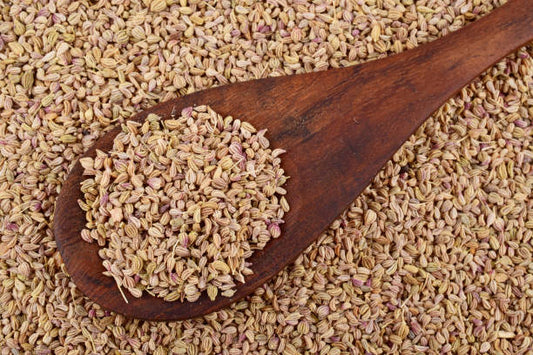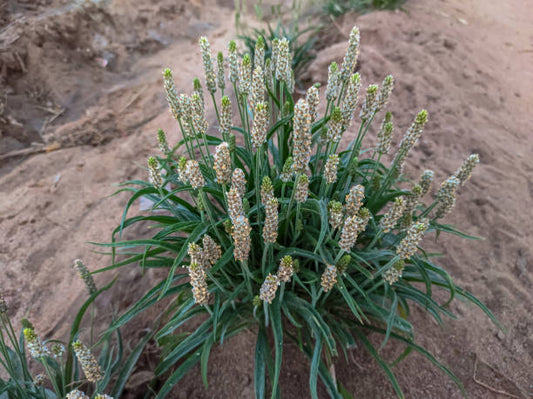Pippalimoola, also known as Piper longum or long pepper, is a plant with a long history of use in traditional medicine systems like Ayurveda and Traditional Chinese Medicine. It is a close relative of the more familiar black pepper. Let's delve into the information, traditional uses, benefits, and potential side effects of Pippalimoola.
Information about Pippalimoola:
* Botanical Background: Piper longum, or Pippalimoola, is a flowering vine that belongs to the Piperaceae family. It is characterized by its slender, elongated spikes of tiny fruits.* Distribution: Pippalimoola is native to South Asia and has been cultivated in various tropical regions worldwide.
Traditional Uses:
1. Ayurvedic Medicine: Pippalimoola is highly regarded in Ayurvedic medicine for its diverse therapeutic properties. It is classified as a "Rasayana" herb, which means it is used for rejuvenation, longevity, and overall well-being.2. Digestive Health: Pippalimoola is known for its digestive benefits. It is used to stimulate digestion, alleviate indigestion, and treat various gastrointestinal ailments.
3. Respiratory Health: In traditional systems, Pippalimoola is often used to support respiratory health. It is believed to help clear respiratory passages and ease symptoms of conditions like coughs and bronchitis.
4. Anti-Inflammatory: Pippalimoola is recognized for its anti-inflammatory properties, which are considered valuable for reducing inflammation and managing conditions linked to it.
5. Antioxidant: Some research suggests that Pippalimoola has antioxidant properties, helping to combat oxidative stress within the body.
Potential Side Effects:
Pippalimoola is generally safe when used in moderation and following traditional practices. However, as with any natural remedy, there are potential side effects to be aware of:
1. Gastrointestinal Distress: In some cases, excessive consumption of Pippalimoola or its preparations may lead to gastrointestinal discomfort, including symptoms like stomach upset or diarrhea.2. Allergic Reactions: Some individuals may be sensitive or allergic to Pippalimoola. Allergic reactions can range from mild skin irritations to more severe symptoms like difficulty in breathing.
If you are considering using Pippalimoola or any herbal remedy, it is advisable to consult with a qualified healthcare professional or an Ayurvedic specialist. They can provide guidance on its appropriateness for your specific health needs, as well as the ideal dosage and method of administration. Additionally, scientific research on Pippalimoola is ongoing, and further studies are needed to better understand its benefits and potential side effects.
Author: Nikita Vishnoi BCA












